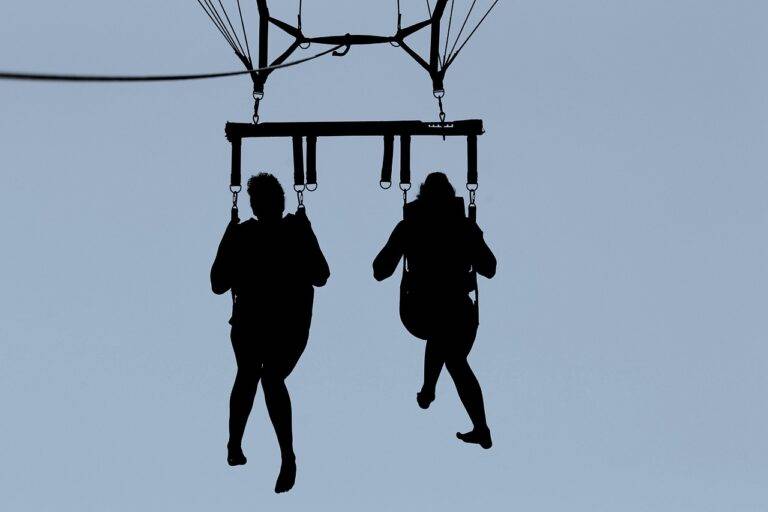Mindful Communication: Tools for Enhancing Relationships and Connection
Nonverbal cues play a crucial role in communication, often conveying messages that words alone cannot express. From facial expressions to body language, these subtle cues can provide valuable insights into a person’s thoughts and feelings. For example, crossed arms may indicate defensiveness or closed-off behavior, while a smile can signify openness and warmth. Being attuned to these nonverbal signals can help individuals better understand the underlying emotions and intentions of others.
In addition to observing nonverbal cues, it is essential to consider cultural differences that may influence how these signals are interpreted. What may be considered as a positive gesture in one culture could be perceived differently in another. Hence, developing cultural awareness and sensitivity is key to effective communication across diverse backgrounds. By recognizing and responding to nonverbal cues in a culturally appropriate manner, individuals can enhance mutual understanding and build stronger connections with others.
Active Listening Techniques for Better Connection
Active listening is a crucial skill in effective communication. It involves genuinely focusing on the speaker without distractions and showing interest in their message. One way to demonstrate active listening is through nonverbal cues such as nodding, maintaining eye contact, and using encouraging gestures to show that you are fully engaged in the conversation.
Reflective responses play a key role in active listening as well. By paraphrasing or summarizing what the speaker has said, you demonstrate that you are not only hearing their words but also trying to understand the underlying message. This technique helps to clarify any misunderstandings and shows the speaker that their words are valued and respected.
What are nonverbal cues in communication?
Nonverbal cues in communication refer to gestures, facial expressions, body language, and tone of voice that convey messages without using words.
Why is it important to understand nonverbal cues in communication?
Understanding nonverbal cues helps in interpreting the true meaning behind a person’s words, leading to better communication and connection.
What are some active listening techniques for better connection?
Some active listening techniques include maintaining eye contact, nodding to show understanding, paraphrasing to confirm understanding, and asking clarifying questions.
How can active listening improve relationships?
Active listening shows the other person that you value their thoughts and feelings, leading to stronger connections, better understanding, and improved relationships.
Can active listening be used in both personal and professional settings?
Yes, active listening can be applied in both personal and professional settings to enhance communication, build rapport, and foster positive relationships.
What are some common barriers to active listening?
Common barriers to active listening include distractions, lack of focus, preconceived notions, and interrupting the speaker before they have finished expressing themselves.





